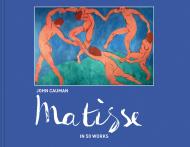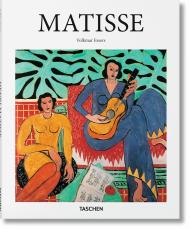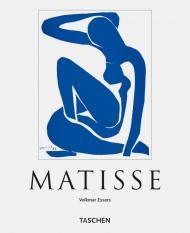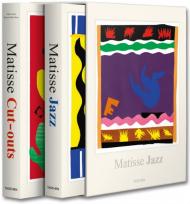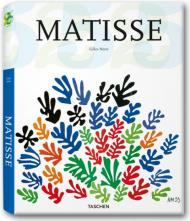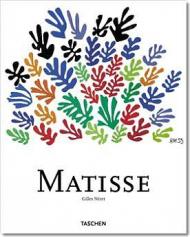Gustav Klimt (1862–1918) is world famous for his golden, ornamental works, his flowing colours and his sensuous portrayal of women. But where did he find the inspiration for his multi-faceted oeuvre? How well did he know Vincent van Gogh? Did he ever see a picture by Henri Matisse? Large-format comparisons reveal Klimt’s artistic sources.
Modern European art was omnipresent in Vienna in around 1900 – in the Vienna Secession, in galleries, art magazines and private collections. The Viennese artist Gustav Klimt was receptive for the pictorial language of his contemporaries like Alma-Tadema, Minne, Rodin, Toorop, Hodler, Van Gogh, Monet, Khnopff, Toulouse-Lautrec, Whistler and Matisse, and adapted elements from a variety of artistic styles. The encounter between his works and those of the artists with whom he was associated reveals significant and often surprising parallels.
Artists:
Sir Lawrence Alma-Tadema | Aubrey Beardsley | Ferdinand Hodler | Akseli Gallen-Kallela | Gustav Klimt | Lord Frederic Leighton | Margaret MacDonald-Mackintosh | Edouard Manet | Henri Matisse | Claude Monet | Edvard Munch | Auguste Rodin | Giovanni Segantini | Henri de Toulouse-Lautrec | Kees van Dongen | Vincent van Gogh | Theo Van Rysselberghe | Franz von Stuck | James Abbott MacNeill Whistler et. al.
About the Author:
The Belvedere, Vienna is one of the leading museums worldwide. Its famous art collection includes works ranging from the Middle Ages to the present day. The Van Gogh Museum, Amsterdam is an art museum dedicated to the works of Vincent van Gogh and his contemporaries. The museum contains the largest collection of Van Gogh's paintings and drawings in the world.

